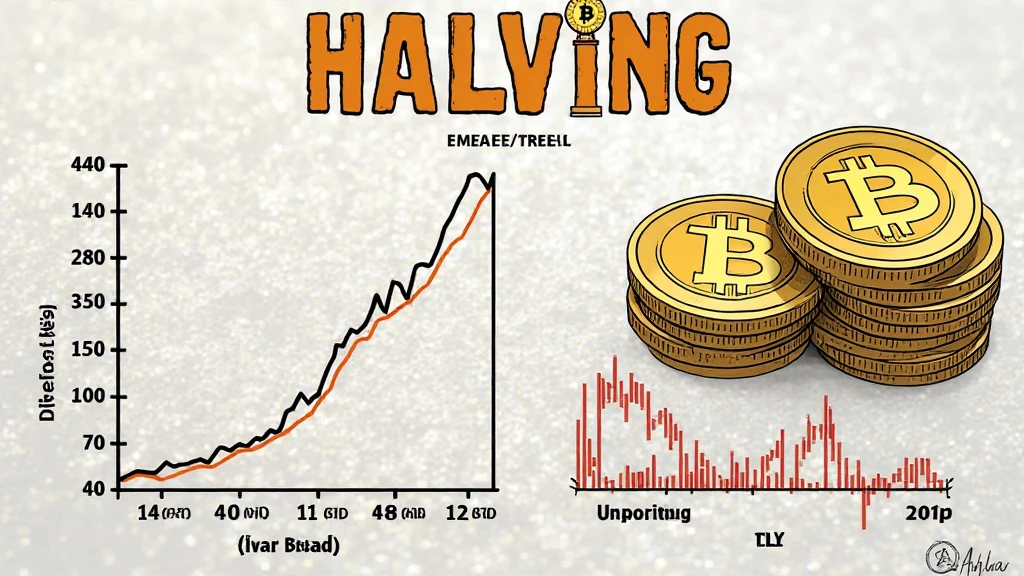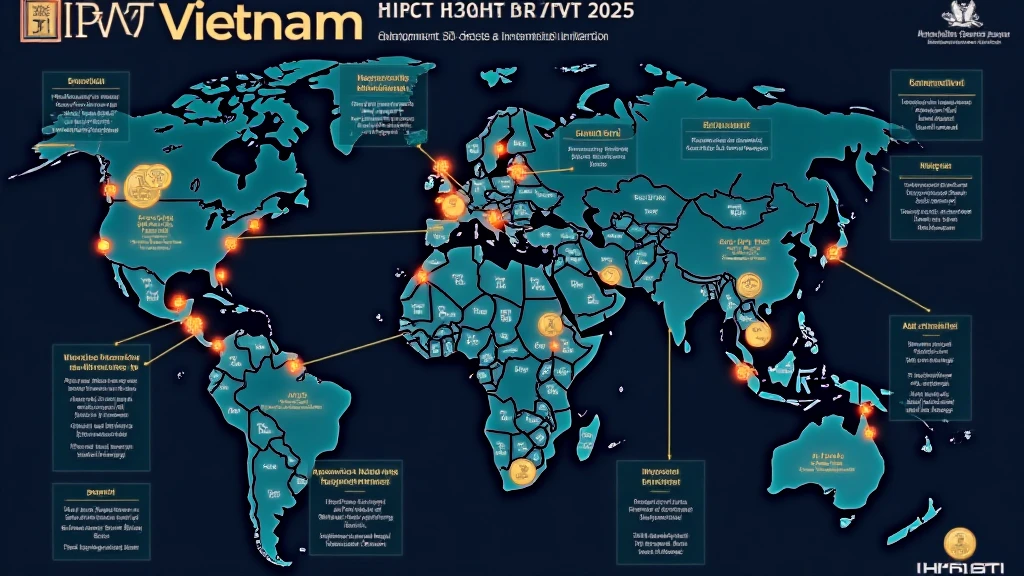Bitcoin Halving Historical Trends: Understanding the Impacts
With the cryptocurrency market constantly evolving, investors and enthusiasts alike often look towards historical events to predict future trends. One of the most significant occurrences in Bitcoin’s lifecycle is the ‘halving.’ This event, which reduces the rate at which new bitcoins are created, has notable implications on Bitcoin’s supply and can influence its price trajectory. But what do past halvings tell us about potential future performance? Here’s a detailed exploration.
What Is Bitcoin Halving?
Bitcoin halving occurs approximately every four years, or more precisely, every 210,000 blocks mined. Each halving event cuts the mining reward in half, impacting how new bitcoins enter circulation. Historically, there have been three halvings: in 2012, 2016, and 2020. Let’s break down the key dates and their implications:
- **First Halving (2012)**: The block reward dropped from 50 BTC to 25 BTC.
- **Second Halving (2016)**: The reward was further reduced to 12.5 BTC.
- **Third Halving (2020)**: It dropped again to 6.25 BTC.
The Historical Impact of Bitcoin Halvings on Price
Historically, each halving has preceded significant price increases:

- After the first halving, Bitcoin surged from around $12 to nearly $1,200 within a year.
- The second halving saw a rise from approximately $650 to nearly $20,000 in the following 18 months.
- The most recent halving in May 2020 saw Bitcoin increase to its all-time high of nearly $64,000 in April 2021.
It’s essential to note that while past performance does not guarantee future results, the patterns are intriguing. Here’s where things get interesting: the relationship between supply and demand is at the core of this price movement.
Supply and Demand Dynamics
Bitcoin follows a supply-and-demand model similar to traditional commodities. Each halving restricts the availability of new bitcoins, leading to a supply shock:
- As miners receive fewer coins, the supply growth rate diminishes.
- If demand remains strong or increases, prices typically follow suit.
This economic principle is likened to the law of scarcity. Think of Bitcoin as a digital gold; the more scarce it becomes, the more valuable it potentially is.
Investor Behavior Post-Halving
The anticipation of a halving often sparks a ‘buy the rumor, sell the news’ effect. Experienced traders and investors often accumulate Bitcoin leading up to the event:
- This behavior can create upward pressure on prices as more people enter the market.
- After the halving, particularly if short-term profit-taking occurs, prices may temporarily dip.
In the wake of these price fluctuations, an essential consideration is how current investors respond. Often, new investors are drawn to the market in anticipation of future growth, creating a cycle of price volatility.
Vietnam’s Growing Interest in Bitcoin
In recent years, Vietnam has seen a significant increase in cryptocurrency interest, with approximately 30% of the population now aware of Bitcoin, marking a remarkable 70% increase from previous years. This surge is coinciding with growing global interest in Bitcoin halvings and the potential for local investment opportunities.
Moreover, local exchanges and cryptocurrency awareness programs are gaining traction, prompting conversations around regulatory frameworks and investment strategies as more Vietnamese look towards Bitcoin as a viable investment.
Forecasting Future Halving Trends
Looking ahead to the next Bitcoin halving projected for 2024, many experts anticipate similar price action. Predicted behaviors include:
- A potential rise in investment from both retail and institutional investors.
- Increased global outreach as the event gains recognition in traditional financial circles.
It’s essential to consider the evolving landscape of digital assets within Vietnam. The government is exploring various regulatory measures, a move that might stabilize market behaviors surrounding ventures like Bitcoin.
Conclusion: Historical Trends and Future Outlook
Bitcoin halving events have historically been catalysts for price increases, driven by reduced supplies and shifting investor behaviors. As we approach the next halving, a combination of historical data and emerging trends within markets such as Vietnam presents an intriguing outlook. Investors might want to keep a keen eye on these economic indicators as we enter another chapter in Bitcoin’s growth journey.
Lastly, while historical trends provide valuable insights, future investors should always consider their financial situation and investment horizon, seeking advice when necessary. As ever, investing in cryptocurrency carries risks, and one should conduct thorough due diligence.
For ongoing news and discussions related to Bitcoin and cryptocurrency markets, keep an eye on allcryptomarketnews for expert insights and updates.
Author: Dr. Huy Nguyen, a blockchain expert and researcher, has published over 50 papers on cryptocurrency and digital asset security, and has led audits for prominent blockchain projects.





